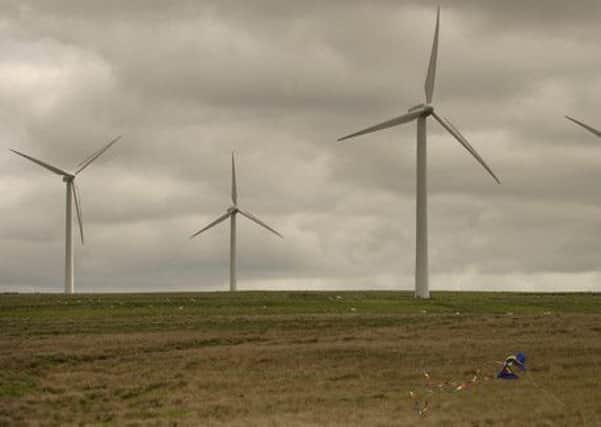Green energy could bring 10,000 to islands - study


An independent study found investment in wind, wave and tidal energy would bring significant socio-economic benefits to the Western Isles, Shetland and Orkney and could establish Scotland as a world leader in marine technologies.
But the expense and difficulty of accessing the National Grid means the government needs to weigh up the cost and benefits of developing renewable energy against other sources of electricity , the report said.
Advertisement
Hide AdAdvertisement
Hide AdThe government has agreed a target of meeting 1 per cent of the UK’s energy needs from renewable sources by 2020, which requires about 30 per cent of UK electricity to come from renewables.
The Scottish Government aims to generate the equivalent of 100 per cent of gross annual electricity consumption from renewables by 2020.
The Department of Energy and Climate Change and Scottish ministers appointed energy consultants Baringa Partners and TNEI to assess whether Scottish islands renewables could help to meet the targets and what was needed to bring the projects forward.
A co-ordinated policy is needed “urgently”, the consultants advised.
The report said: “We have concluded that further renewable generation on the Scottish islands will not be developed on any scale in the near term under current policy.
“The costs of connecting to the transmission system are too high, making it difficult for developers and the regulator acting on behalf of customers to commit to costly new transmission infrastructure.
“In turn, the lack of grid access deters new developers, particularly those not in a position to meet the financial commitments required to secure future grid capacity.”